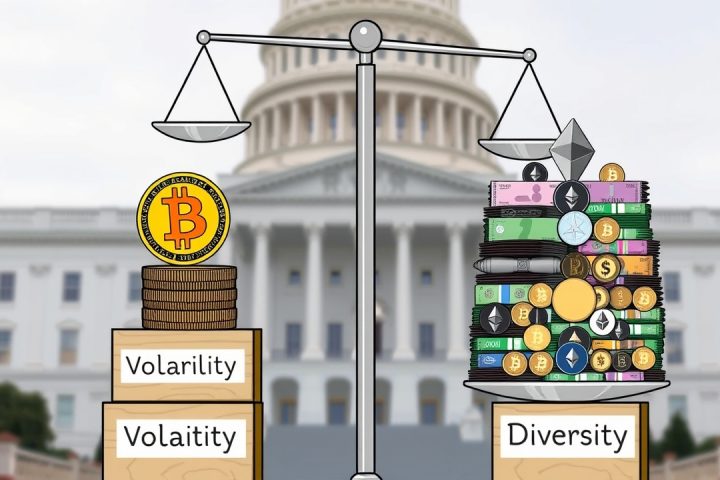Introduction
In a recent discussion, Sid Powell, the CEO of Maple Finance, addressed the growing tension between traditional banking institutions and the burgeoning world of cryptocurrency. As Coinbase’s leader, Brian Armstrong, intensifies efforts to advocate for stablecoin rewards, Powell highlighted that banks have been shortchanging their depositors, leading to legitimate concerns over the adoption of yield-bearing stablecoins.
Banking Concerns and Stablecoins
During an exclusive interview with crypto.news, he made it clear that he views the scrambling response of banks as a reflection of real apprehension regarding their business models and the potential disruption posed by cryptocurrencies.
“Banks profit significantly from offering poor deals to their customers,”
suggesting that users holding stablecoins like USDC on Coinbase could potentially earn higher returns than what is available in a conventional checking account, where interest rates are often negligible. This profit disparity is causing banks to feel threatened, particularly as Coinbase structures its model to share some of the revenue generated from Treasury yields via Circle, the actual issuer of USDC.
Regulatory Landscape
When questioned about regulatory shifts that may allow stablecoin issuers to operate more similarly to banks, Powell expressed skepticism, arguing that fundamental banking activities, such as credit origination and risk management, typically require a banking charter and oversight. He noted that while companies like Circle may seek those charters, most stablecoin issuers currently lack the infrastructure and regulatory framework necessary to operate as fully-fledged banks.
Systemic Risks and Financial Impact
Furthermore, Powell dismissed notions of immediate systemic risks associated with a mass shift from traditional banks to stablecoins. He acknowledged that while there could be secondary effects—like a movement of funds from loans to government-backed assets—it might not spell disaster for the financial system right away. However, he warned that a significant migration could reduce the capital available for loans, impacting traditional forms of credit.
Market Positioning of SyrupUSD
The conversation also touched on SyrupUSD’s market positioning amid competition dominated by Tether (USDT) and Circle (USDC). Powell clarified that Maple Finance is not in direct competition, but rather enhances the offerings of both USDT and USDC by providing yield-bearing versions. Unlike these traditional stablecoins, which face regulatory limitations that prevent them from generating returns, SyrupUSD capitalizes on lending the underlying assets to institutional borrowers, thereby creating yield opportunities for users.
Future of Financial Innovation
As the financial landscape continues to evolve, Powell believes innovation will flourish with the influx of new participants into the space, including giants like PayPal and Stripe. He foresees a future where a decentralized ecosystem could emerge, potentially reshaping traditional lending practices outside of established banks. The disruption may not be seamless, but Powell is optimistic about the transformative possibilities that stablecoin technology holds for the broader financial system.




